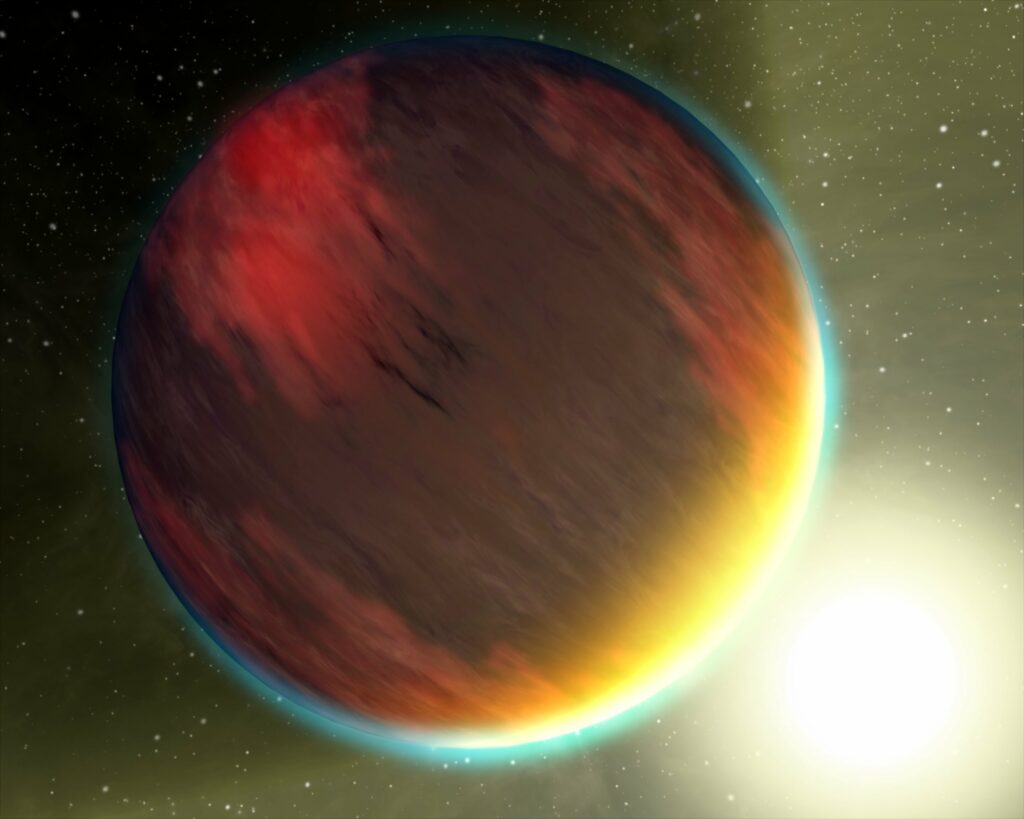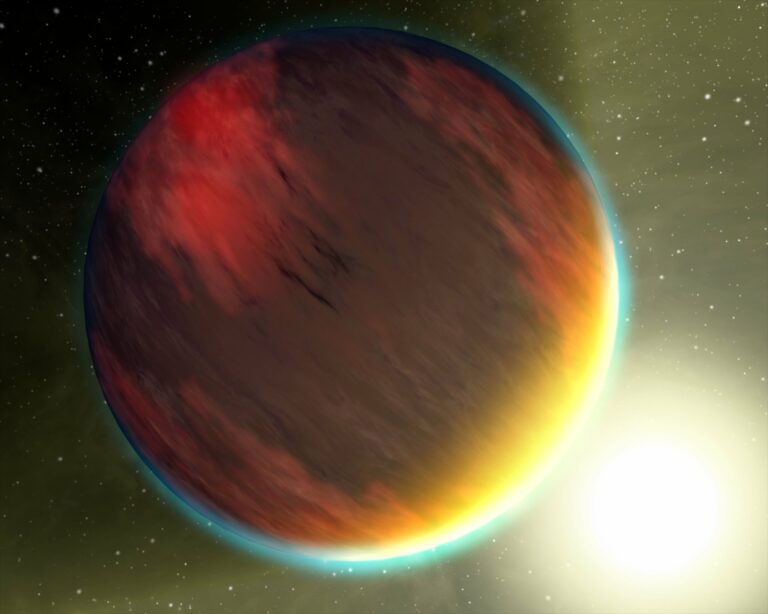Fresh Research Suggests Gas Planets in Infancy Could Exhibit Unexpectedly Flat Profiles
Our team has utilized computer simulations to demonstrate that gas planets born in protostellar disks tend to have flattened shapes. This discovery, featured in Astronomy and Astrophysics Letters, contributes to our understanding of the planet formation process.Detecting newly formed protoplanets within protostellar disks is a challenging task. To date, only three such young protoplanets have been observed, with two of them located in the PDS 70 system.
Identifying young systems that are close enough for telescopes to distinguish the planet’s dim light from the disk’s glow is crucial. The entire planetary formation process occurs within a few million years, a mere fraction of time in astrophysical terms, making it essential to be fortunate enough to witness this phenomenon.Our research team conducted computer simulations to analyze the characteristics of gaseous protoplanets under various thermal conditions within their cradles.
These simulations, which require high resolution, track the evolution of a protoplanet from its early stages as a condensed entity within the disk. The computations were carried out on DiRAC, the UK’s supercomputing facility for astrophysics.Typically, multiple planets form within a disk. Our study revealed that protoplanets take on the shape of oblate spheroids, resembling Smarties or M&M’s, rather than being perfectly spherical. They grow by attracting gas primarily through their poles rather than their equators.
While the planets in our solar system are also oblate spheroids, their flattening is minimal. Saturn has a flattening of 10%, Jupiter 6%, and Earth a mere 0.3%.In comparison, the typical flattening of protoplanets is 90%. Such a flattening will affect the observed properties of protoplanets, and it needs to be taken into account when interpreting observations.

How planets start off
The prevailing theory regarding the formation of planets is known as “core accretion”. According to this hypothesis, minuscule dust particles, smaller than grains of sand, collide, merge, and gradually aggregate into larger bodies. This process is akin to what occurs with the dust accumulating under your bed when left uncleaned.
Once a dust core reaches a critical mass, it attracts gas from the surrounding disk, leading to the formation of a gas giant planet. This bottom-up mechanism typically takes several million years to complete.
Conversely, the top-down approach is represented by the disk instability theory. In this scenario, the protostellar disks encircling young stars become gravitationally unstable, fragmenting into pieces that eventually evolve into planets.
While the core accretion theory has been established for a significant period and can elucidate many facets of our solar system’s formation, disk instability offers a more comprehensive explanation for certain exoplanetary systems discovered in recent years. For instance, it can account for cases where a gas giant planet orbits at a considerable distance from its parent star.
One of the key advantages of the disk instability model is its rapid planet formation timeline, occurring within a few thousand years, aligning with observations indicating the presence of planets in nascent disks.
Our research concentrated on gas giant planets originating from the disk instability model. These planets exhibit a flattened shape due to their formation from the compression of the protostellar disk, as well as their rotational dynamics.
No flat Earths
The protoplanets exhibit a significant degree of flattening, with their cores being less flattened compared to the overall shape. These cores are expected to transform into gas giant planets with only a 20% flattening, which is twice that of Saturn. Over time, they are projected to become more spherical.
Unlike rocky planets such as Earth and Mars, disk instability is not believed to be the mechanism for their formation. Instead, they are believed to develop gradually from dust particles to pebbles, rocks, kilometer-sized objects, and eventually planets. Due to their density, rocky planets do not experience significant flattening even in their early stages. It is highly unlikely that Earth was as flattened when it was young.
Our research does indicate that disk instability may play a role in the formation of certain worlds within specific planetary systems.
We are transitioning from the phase of discovering exoplanets to characterizing them. With the upcoming launch of new observatories, more protoplanets within their disks are expected to be identified. The refinement of computer models is also enhancing our ability to make accurate predictions.
By comparing these models with observational data, we are making strides towards unraveling the mysteries surrounding the origins of our solar system.
This article is republished from PhysORG under a Creative Commons license. Read the original article.
Do not forget to share your opinion with us to provide you with the best posts !





0 Comments